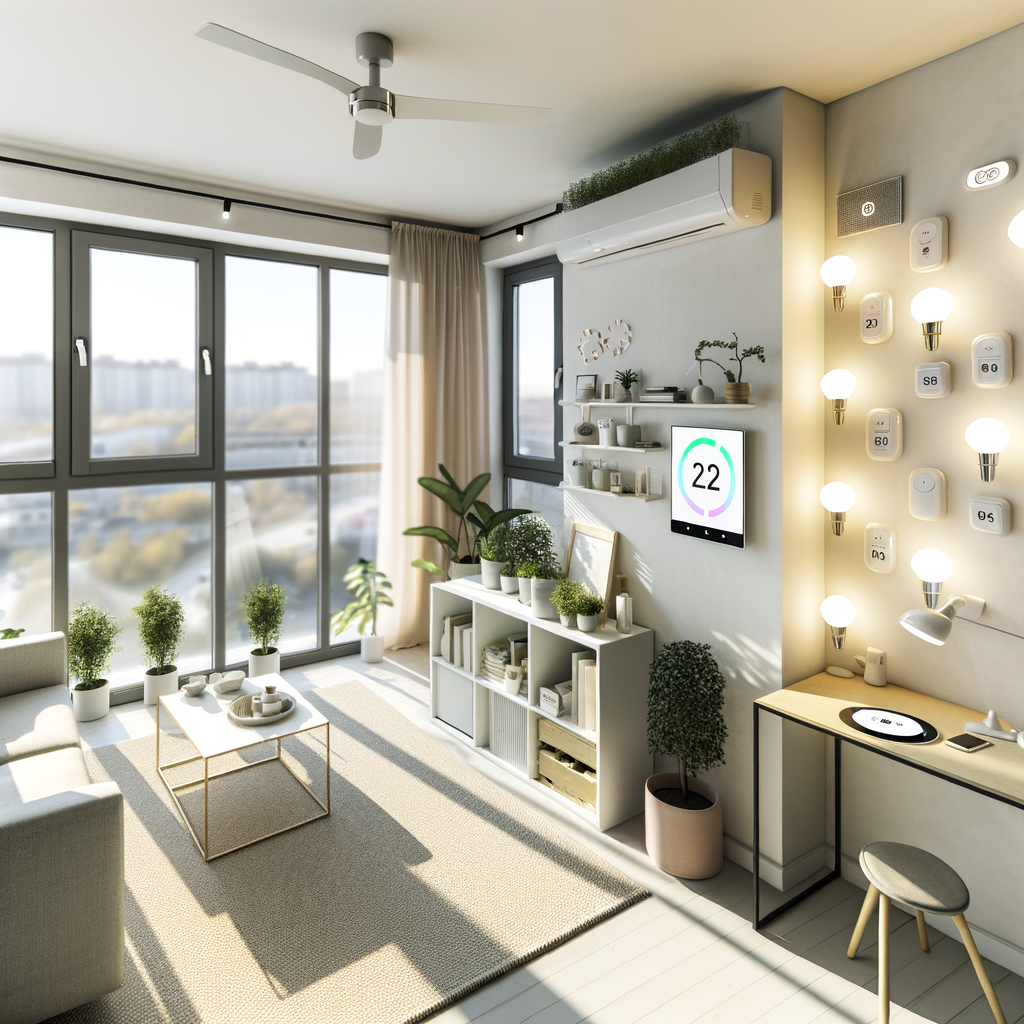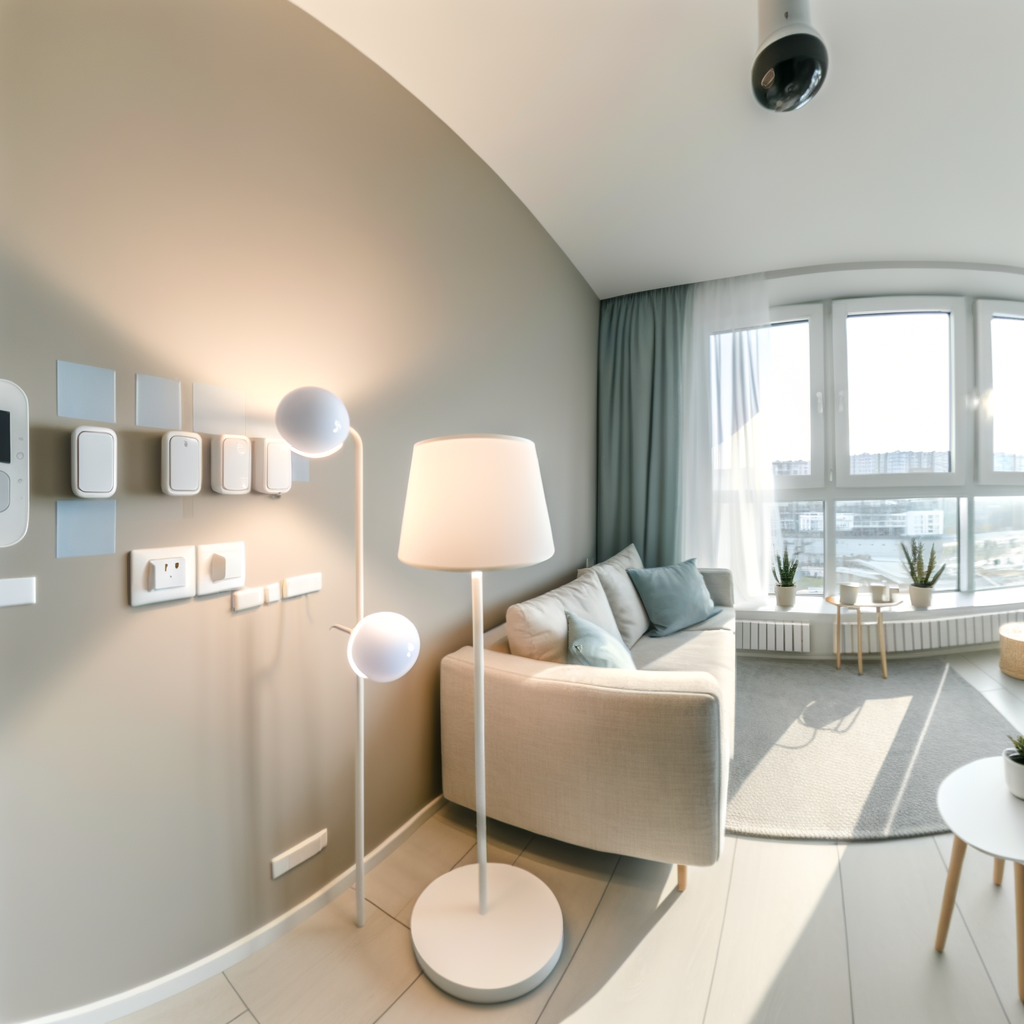Smart Renting 101: How to Turn Your Apartment into an Energy-Efficient Haven Without Breaking the Lease
Ready to cut your utility bills and shrink your carbon footprint—even as a renter? You don’t have to own your space (or risk your security deposit) to make meaningful, green changes at home. In this guide, we’ll show you exactly how to create an energy-efficient apartment, all while staying on your landlord’s good side and within the terms of your lease.
Why Energy Efficiency Matters for Renters
Renters often feel powerless to change their apartments, but energy efficiency isn’t just for homeowners. Here’s why you should care:
- Lower utility costs: Simple upgrades can save you money every month.
- Reduced environmental impact: Less energy use means a lower carbon footprint.
- Increased comfort: Your space will be more comfortable year-round.
- Adds value to renting: Energy-efficient rentals can be more attractive to future tenants.
Lease-Safe Energy Hacks All Renters Can Do
1. Master the Power of Smart Devices
Plug-and-play smart devices are legal in nearly all rentals and offer big savings with zero mess.
- Smart Thermostats: Models that don’t require hardwiring (like ones that control portable heaters or window units) are easy to install and remove.
- Smart Plugs: Schedule or remotely control lights, fans, or electronics from your phone.
- LED Smart Bulbs: Change brightness or color with voice commands or apps for ultimate flexibility.
Pro Tip: Pick smart devices that require no drilling—adhesive mounts keep your landlord happy.
2. Switch to LED Lighting
Incandescent and CFL bulbs are energy hogs. LEDs use up to 80% less energy and last for years.
- Swap out bulbs in all lamps and fixtures you control.
- Take your LEDs with you when you move out.
- Choose warm-white for cozy vibes.
3. Use Weatherstripping and Draft Stoppers
Gaps around windows and doors let conditioned air escape, raising heating and cooling bills.
- Install removable adhesive weatherstripping to seal leaks.
- Use door draft stoppers (foam or weighted fabric) at entryways and balcony doors.
- For old windows, consider thermal window film that adds a near-invisible insulating layer and peels off easily when moving out.
4. Upgrade Window Coverings
Sunlight heats up your apartment fast, especially in summer. Blackout curtains or thermal drapes:
- Block sunlight to keep rooms cool.
- Prevent heat loss at night in winter.
- Are easy to hang—no permanent fixtures needed (use spring-loaded curtain rods).
5. Insulate Outlets and Switches
Few renters realize that electrical outlets on exterior walls leak air. Simple fix:
- Install foam gasket inserts behind switch and outlet plates ($10 project!).
- No tools required and easily reversible during move-out.
Get Smart with Your Appliances
6. Optimize Fridge and Freezer Settings
Your refrigerator runs 24/7. Run it efficiently:
- Set fridge to 37–40°F and freezer to 0–5°F.
- Keep them 2/3 full for best efficiency (add jugs of water if needed).
- Vacuum coils (if accessible) or use coil cleaning brushes for dust removal.
7. Choose Efficient Small Appliances
If you’re buying your own microwave, air fryer, or coffee maker, choose Energy Star–rated models. Even small savings add up when you use them daily.
- Use toaster ovens or electric kettles for small tasks instead of your full-size oven or stove.
8. Wash Laundry Wisely
Big energy savings are possible in the laundry room:
- Wash with cold water—modern detergents work well without heat.
- Maximize each load to reduce cycles.
- Skip the dryer when possible. Use a drying rack or hang clothes in the shower.
9. Unplug Energy Vampires
Electronics like TVs, chargers, and gaming consoles use power even when turned off. Slay vampires by:
- Plugging groups of electronics into advanced power strips (with master switch).
- Turning off power strips when not in use.
- Unplugging chargers when they’re not charging.
Heating and Cooling on a Renter’s Budget
10. Use Portable Solutions
If your landlord controls the thermostat or your unit lacks central heating/cooling:
- Portable fans: Position for cross-ventilation and use in conjunction with A/C for maximum cooling.
- Space heaters: Choose oil-filled radiator heaters for safer, more efficient heating of small spaces.
Pro Tip: Look for models with eco or energy-saver settings—often they use 30% less power.
11. Balance Airflow with Door Management
Keep doors closed in unused rooms to concentrate heating/cooling where you need it most. For studio apartments, use folding screens or lightweight curtains to “zone” your space.
12. Use Ceiling Fan Settings Correctly
Most renters forget this tip: Reverse ceiling fan direction seasonally.
- Summer: Blades spin counterclockwise to push cool air down.
- Winter: Blades spin clockwise on low to circulate warm air.
Find and Fix Hidden Energy Leaks
13. Check for Leaky Faucets and Showerheads
A slow drip wastes thousands of gallons per year—and you pay for it. Most landlords appreciate tenants who report leaks promptly, so:
- Notify your landlord or maintenance crew immediately about leaks.
- If allowed, replace old showerheads with WaterSense-labeled models for instant savings (just keep the original to reinstall when you move out).
14. Install Aerators on Faucets
Faucet aerators reduce water flow but maintain good pressure—perfect for renters:
- Buy screw-on aerators (no tools needed).
- Cut water use over 25% with each use.
Set Up an Efficient Home Office or Study Space
With more renters working from home, energy-efficient workspaces matter.
15. Use Solar Chargers for Devices
- Small, portable solar panels can power phones, tablets, or even laptops by sunlit windows or your balcony.
- Combine with a battery bank for night-time charging.
16. Choose LED Desk Lamps
- LED desk lamps use a fraction of the energy of old halogen or CFL lamps.
- Many models offer dimming, color temperature control, and USB charging ports.
Build Better Habits (That Don’t Cost a Dime)
17. Turn Off What You’re Not Using
- Make it routine to switch off lights and appliances when leaving a room.
- Set reminders or automate with smart plugs as mentioned above.
18. Adjust Your Thermostat Settings
- Set your thermostat lower in winter (66–68°F is comfortable when layered up).
- Go higher in summer (76–78°F with a fan is usually fine).
- Use “away” modes when you’re out for the day or working long shifts.
19. Make Use of Natural Light and Ventilation
- Open blinds and windows in the morning to brighten and air out your apartment.
<




